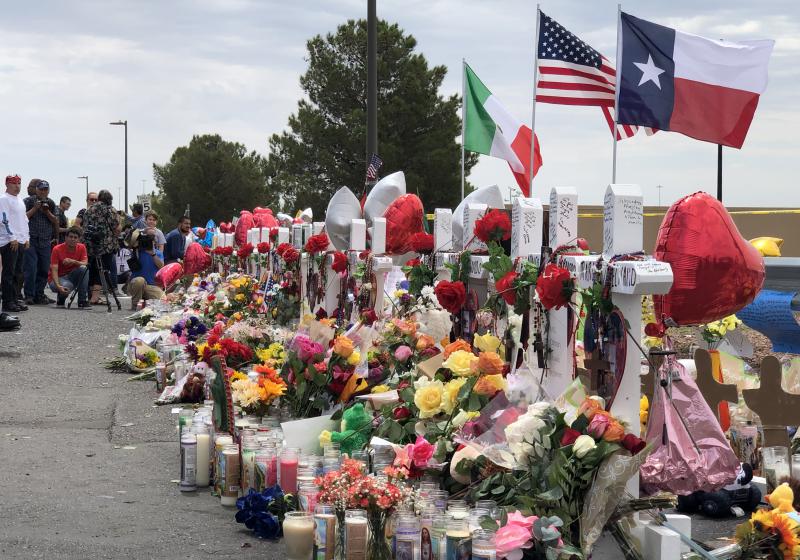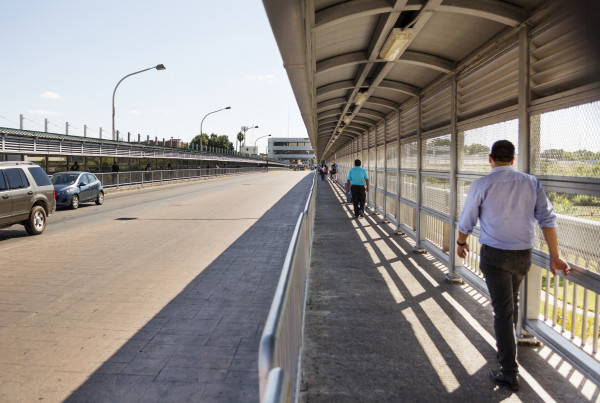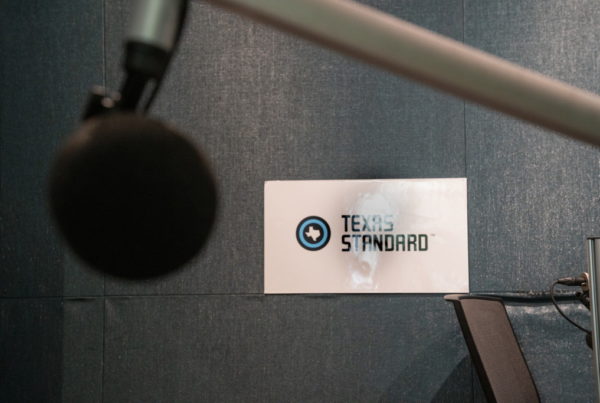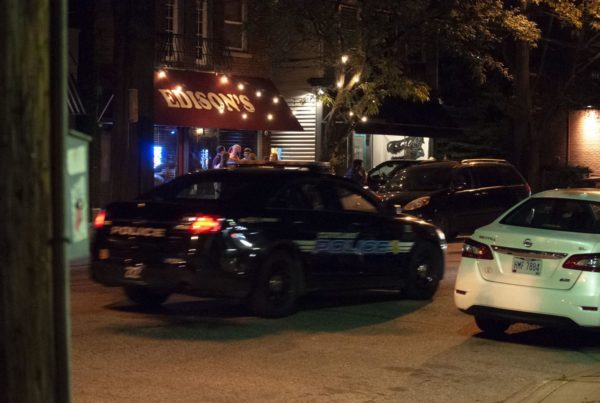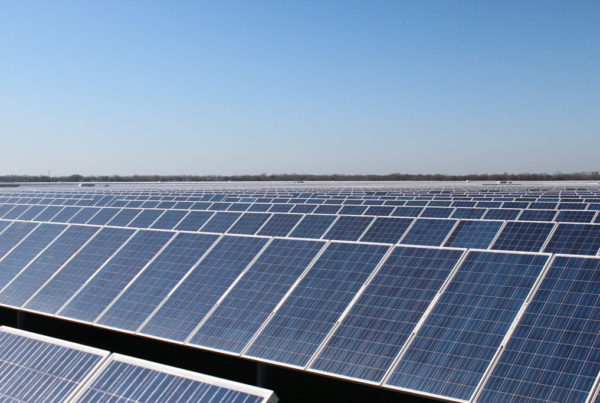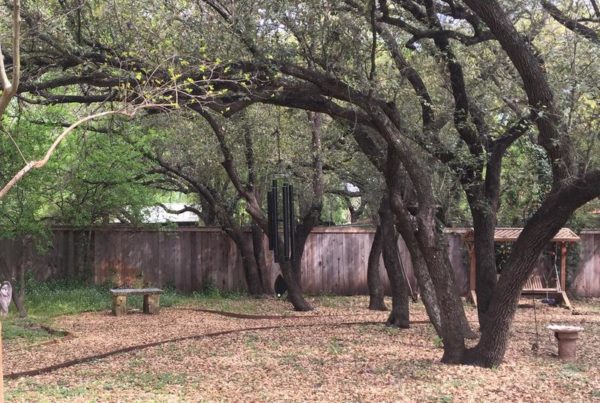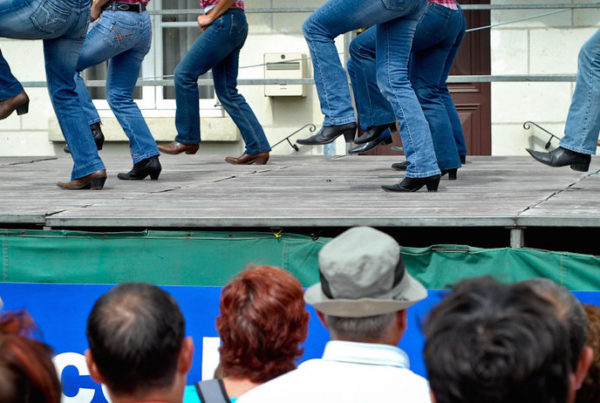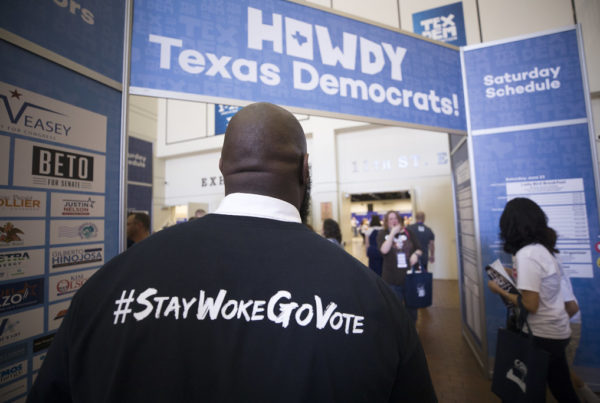Over the past two years, four mass shootings in Texas have resulted in 65 deaths. Now, some lawmakers are proposing changes to existing gun-related laws, and even new ones, to try to curb the violence.
Dallas Morning News politics reporter Lauren McGaughy evaluated each of the four shootings to see how existing law played a role, and how new laws might prevent similar incidents.
In the most recent shooting, in Midland-Odessa, where 22 people died, the alleged shooter was able to purchase an AR-style rifle from a private seller. McGaughy says in Texas, there are no special regulations for private sales.
“If two people who don’t know each other want to exchange a firearm, there is no requirement that the buyer go through a background check, or that the seller do anything extra,” she says.
The only exception would be if a seller has a federal license to sell firearms. Otherwise, laws regulating most “stranger-to-stranger” sales are determined by states.
Prior to the El Paso shooting, the alleged shooter’s mother called police to warn them, but didn’t give her name, or that of her son. McGaughy says because the call was anonymous, there’s little law enforcement could have done. But she says Gov. Greg Abbott has proposed to improve the “welfare check” system that enables police to visit someone in distress or posing a threat.
“Police can already go and check in on that person,” she says. “And Abbott said maybe there should be a more strict line of defense.”
That could look like a special script that 911 dispatchers could follow, or a protocol that would have them send that call to someone with special training. But we’ll never know if it would have prevented the violence in El Paso.
“Maybe this would have flagged this instance in El Paso. Maybe if someone on the other end had asked more questions, the mother would have named her son or given her name – we don’t know,” McGaughey says.
An extra step Democrats are pushing for in the weeks since that shooting are so-called red flag laws. They would allow law enforcement to take guns away from someone who poses a threat, and who meets certain criteria.
“But that seems less likely at this time,” McGaughey says.
After the Santa Fe High School shooting in 2018, lawmakers had discussed strengthening an existing law that penalizes guardians whose gun isn’t properly stored, and whose children injure themselves or others in a shooting. Right now, it only applies to kids under 17.
“This would not have applied to the alleged Santa Fe shooter who was 17 at the time of the shooting,” McGaughey says.
During the last legislative session, lawmakers discussed increasing the age limit, or adding stricter penalties for parents. But none of the bills became law.
Lastly, for the Sutherland Springs shooting in 2017, McGaughey says laws technically should have prevented the shooter from obtaining a firearm. He had been convicted of domestic violence prior to the shooting. But she says that conviction didn’t make it onto the National Criminal Database.
“That’s because a lot of them are pleaded down from a felony to a misdemeanor,” McGaughey says. “Counties say that they don’t really have the infrastructure to be reporting all of those misdemeanor convictions to the criminal background check system.”
She says lawmakers are looking to better enforce, and incentivize, counties’ reporting to that system.
Written by Caroline Covington.


